I wanted to provide some plumbing basics to give readers a high level background on plumbing in their house.
Follow the water trail: The trail followed by water to reach your house is typically the one shown below.
1. There is a water meter somewhere outside your house, usually near the front. This water meter is read by your water provider when they prepare your bill. Near this water meter is usually a water shut off value. If you turn this valve you will shut off all water going to your house.
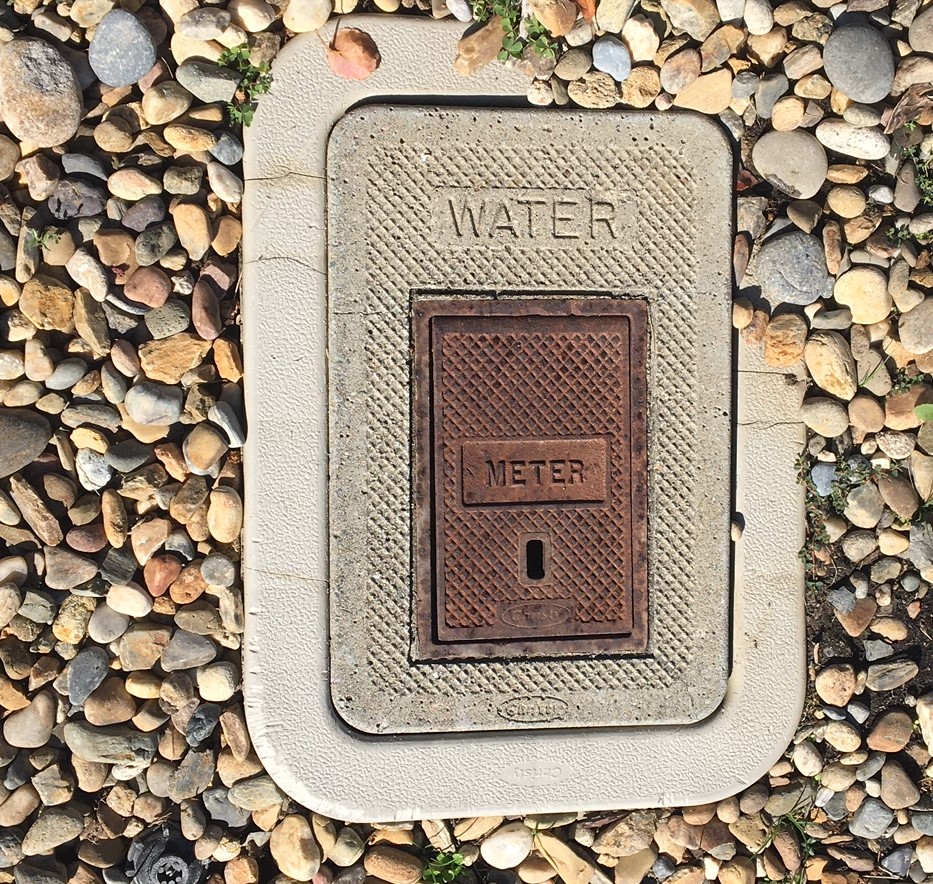
2. Most houses also have a separate shut off value (not maintained by the water department) outside of there house which controls all of the water flow to their house. If the valve is shut closed no water will reach the house. These value come in several varieties, and may require several turns if it is a knob, or only a quarter or half turn if it is a switch type of valve.
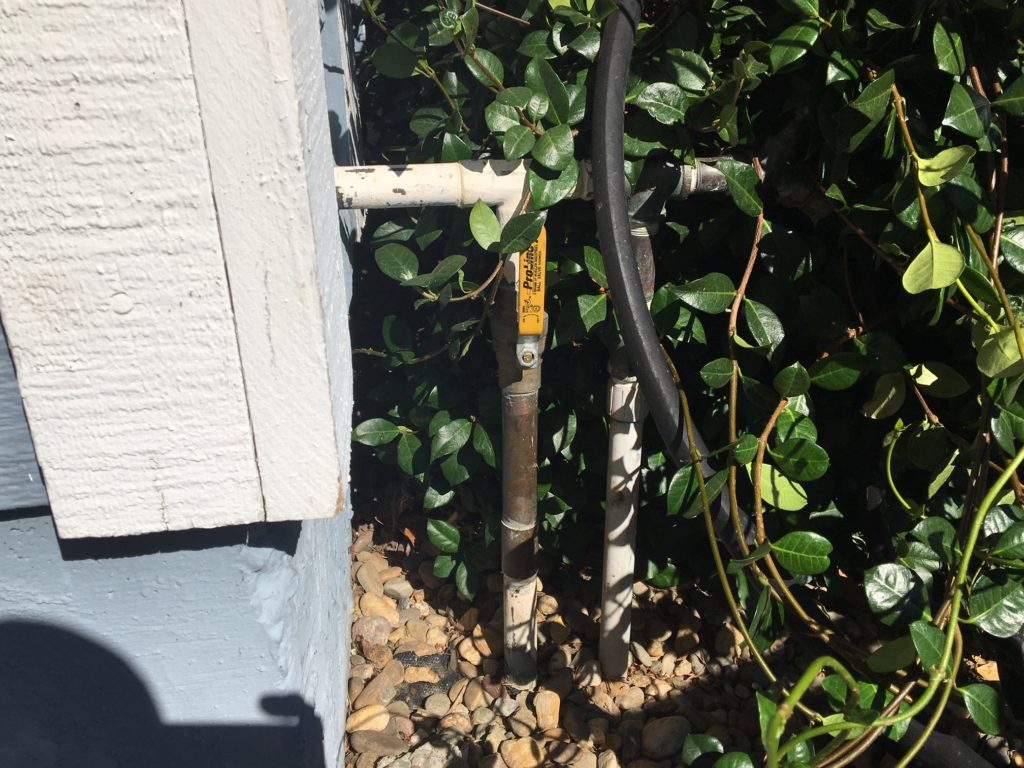
3. There are shutoff values within your house to the various water sources (showers, toilets and faucets). Faucets usually have two shut off values, one for cold water and one for hot water. The individual shut off valves allow you to turn off water to certain areas (such as a sink) without having to turn off water to the entire house. Shut off valves for inside your house usually come in several turn (you have to turn the knob several time) or quarter turn (you turn the knob 90 degrees and the water is off) varieties. Quarter turn shut off valves are preferred due to their ease of use. When I had to replace several shut off values in my house due to corrosion I replaced all of them with quarter turn shut off valves.
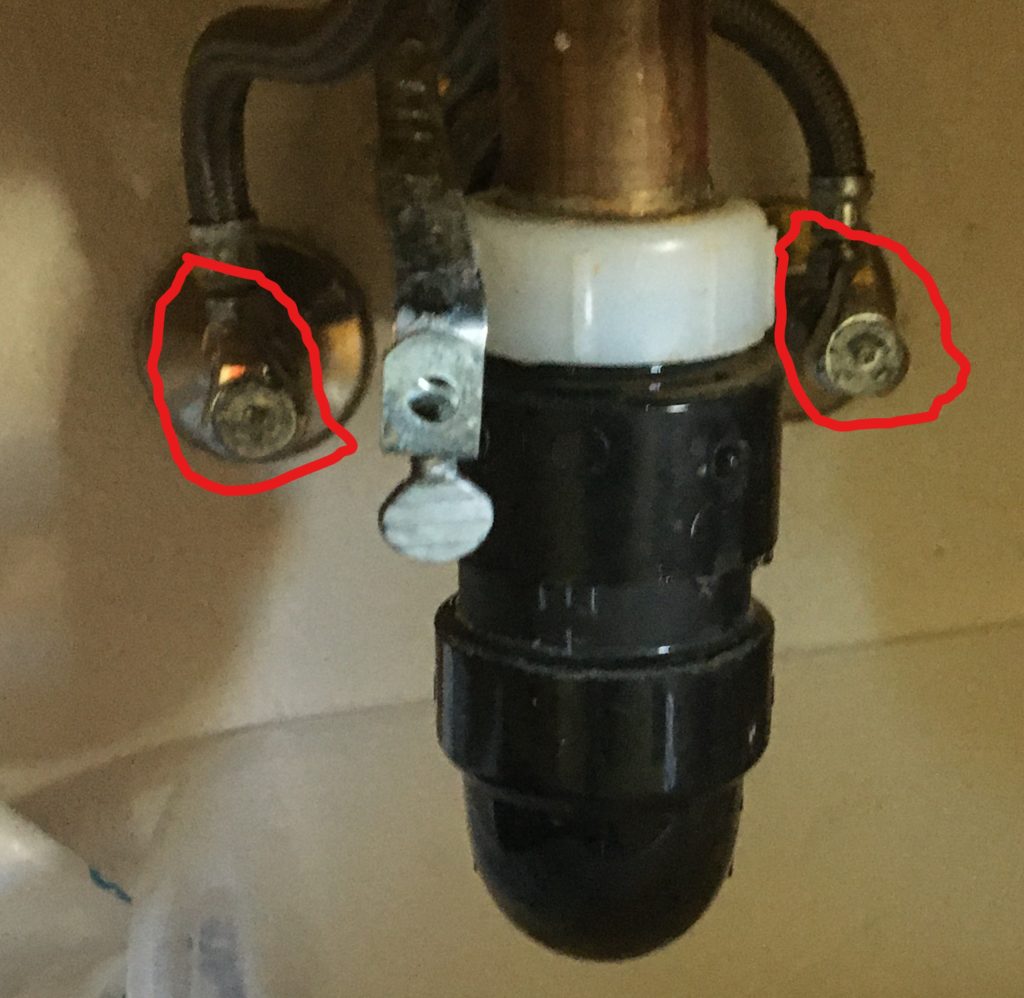
Caulking: What is caulking? Caulking is a cement like substance put between two surfaces to keep them watertight. You will notice caulking in your kitchen and bathrooms among other places.
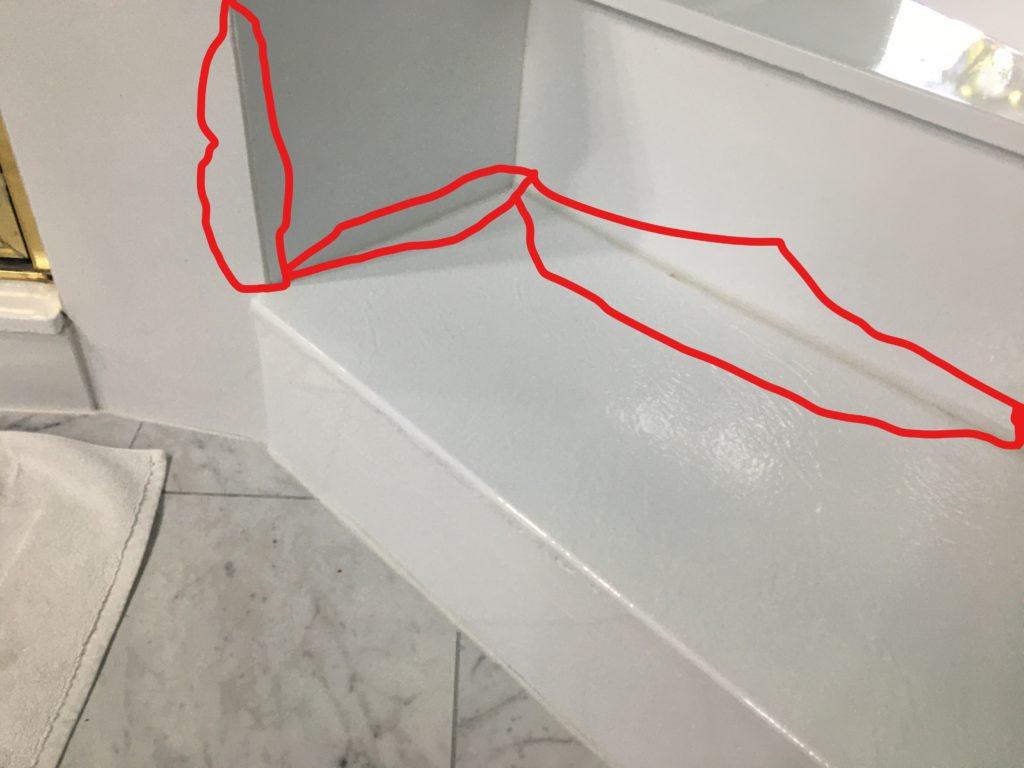
There are two methods for applying caulk, by hand or with a caulking gun.
To apply caulk by hand you just squeeze a tube of caulk along the line you want to caulk. The type of caulk you would use is shown below and you can find it out Amazon here: Dap 18001 Kwik Seal Caulk with 5.5-Ounce Tube, White

The other way to apply caulk is to using a caulking gun. This requires getting caulk in a tube which has a back which gets compressed when you hit the trigger of the gun, therefore pushing out the caulk.
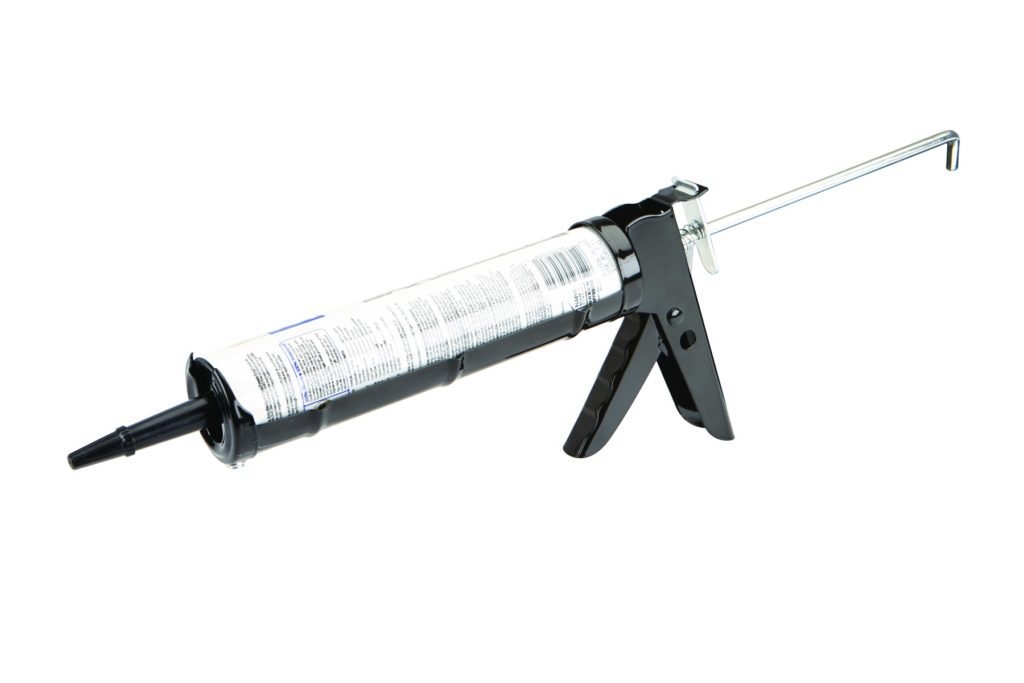
Either method works but it is generally easier and the job is more consistent if you use a caulking gun. Also, a caulking gun is not very expensive and if you get into home improvement you will be caulking often.
Electrical Outlets and Plumbing: You might have noticed that electrical outlets in areas where water is often present (bathrooms and the kitchen) often have outlets that look different than standard outlets. These are ground-fault circuit interrupter (GFCI) outlets.
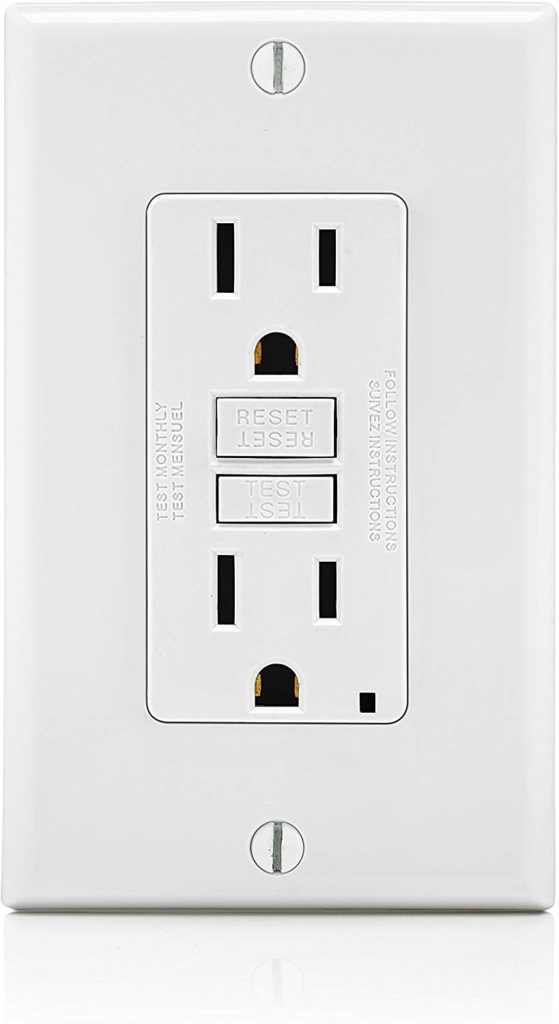
The GFCI outlets are basically there to prevent electrocution. The GFCI will measure the difference in the amount of electricity flowing into the circuit to that flowing out and quickly to trip or shut off the circuit if there is a difference. Therefore instead of tripping the circuit in the circuit breaker, it will be tripped at the actual outlet. This is why the outlet has the reset and test buttons. After the outlet gets tripped you can turn it back on with the reset button. Also, you can test that the outlet is working properly with the test button.